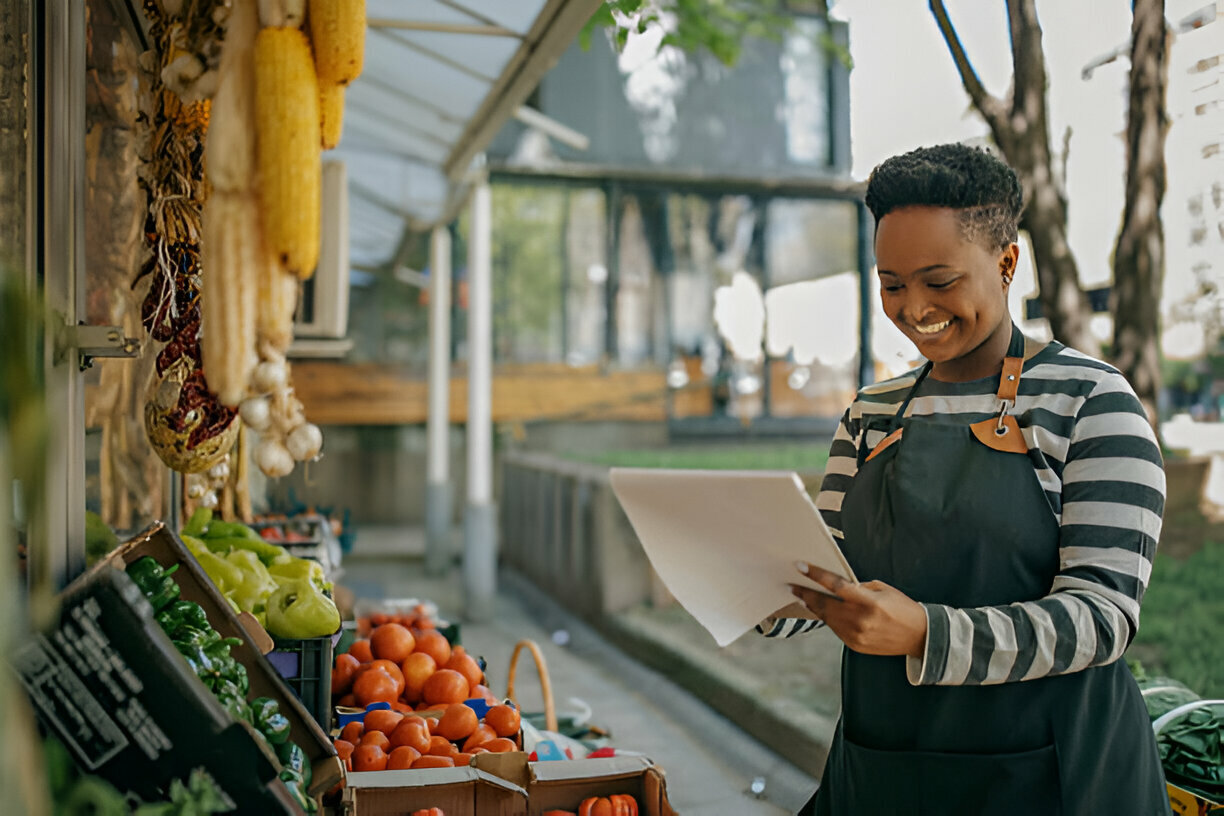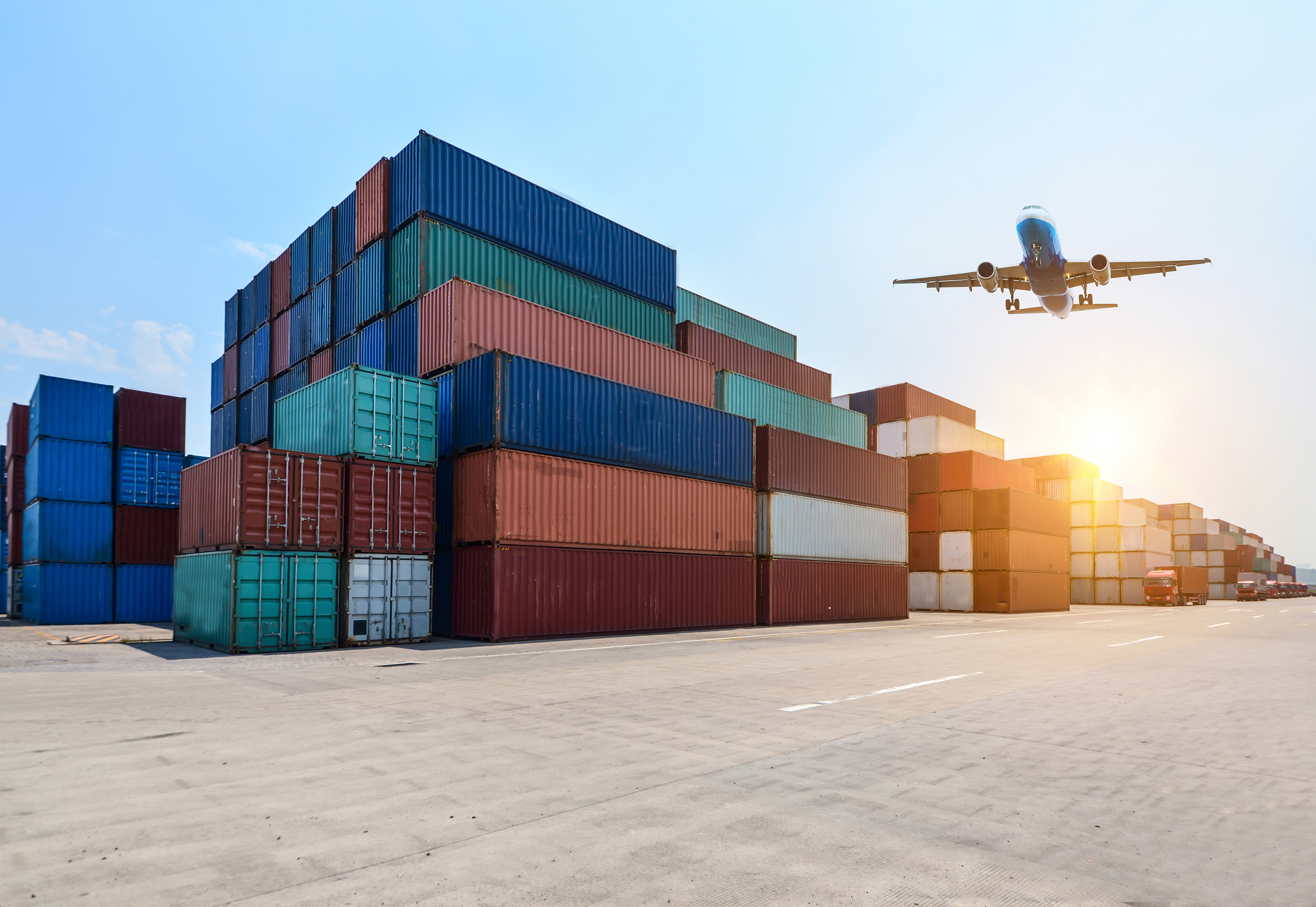
How to Start Selling on Amazon (Even If You’ve Never Exported Before)
In today’s global trade environment, Amazon is more than an online marketplace, it’s a powerful gateway to international buyers, offering African exporters a direct, data-driven route to foreign markets. Even if you’ve never exported before, you can leverage Amazon’s demand signals, logistics infrastructure, and buyer access to launch successfully. But success requires more than listing a product it demands market intelligence, strategic positioning, and compliance. This guide shows you how to go from idea to active sales, even as a first-time exporter.
Steps To Follow When Selling On Amazon
If you’ve never exported your product on Amazon before, below are a few practical steps to guide you. They include:
1. Understanding Why Amazon is a Game-Changer for African Exporters
Amazon isn’t just a retailer; it’s the largest e-commerce search engine in the world. Every day, millions of buyers search for products, generating data on demand trends, pricing patterns, and consumer preferences.
For exporters, this means:
- Instant market access to over 300 million active buyers globally.
- Visibility across borders without setting foot in the destination country.
- A testing ground for products before scaling to bulk shipments.
Data Insight: In 2024, grocery and pantry categories on Amazon UK grew by 13.4%, with niche ethnic food items (including African spices and dried goods) showing double-digit growth.
2. Starting with Demand, and Not Supply
Most first-time exporters make the mistake of focusing on what they have rather than what the market wants. On Amazon, your winning product is one that already has buyer traction.
How to Identify Demand:
- Search Amazon UK, Germany, UAE, and Netherlands for your product category (e.g., “dried hibiscus” or “ginger powder”).
- Look for products with strong reviews, high rankings, and stable pricing.
- Note packaging sizes, certifications, and labeling language these are buyer expectations, not random choices.
Example: Organic ginger powder in Germany sells for €8.92 per 250g (~€35.68/kg retail), while import costs average €3–€7/kg. That’s a healthy margin if managed well.
3. Choosing the Right Products for Amazon Success
Not all products work equally well on Amazon. Shelf-stable, lightweight, and compliance-ready products are ideal for Fulfillment by Amazon (FBA).
PEDA’s Top 10 High-Traction Products for the UK, NL, DE, and UAE include:
i. Dried hibiscus
ii. Ginger powder (organic & conventional)
iii. Snack packs (nuts, dried fruits)
iv. Shea butter
v. Fruit flour
vi. Dried/fresh tropical fruits
vii. Palm oil (certified)
viii. Cocoa products
ix. Cashew nuts (shelled)
x. Dried peppers/chili
Market Fit Insight: Germany leans toward organic, UAE favors long shelf life, and the UK has high demand for Afro-Caribbean retail packaging.
4. Understanding the Numbers (Margins, Costs & Fees)
Your Amazon pricing must factor in:
- FOB Cost (product + packaging + compliance)
- Freight & Customs to Amazon’s warehouse
- Amazon Fees (referral + FBA storage & handling)
- Marketing Costs (sponsored ads, product photography)
Case Snapshot:
Dried mango retail in Germany: €27.95/kg
Landed cost: €8.50/kg (including all fees)
Net profit margin: ~40% before marketing
5. Prepare for Compliance & Market Entry
Amazon has strict listing rules, and destination markets have import requirements.
Your product must meet:
- Labeling standards (ingredient list, nutritional facts, origin, expiry date)
- Certification (organic, HACCP, ISO, where applicable)
- Packaging durability for international freight
Hard Truth: In 2023, over $600 million worth of Nigerian exports were rejected at foreign borders—often for reasons like incorrect labeling or non-compliance with pesticide limits. Don’t rush into export without getting this right.

6. Choosing Your Fulfillment Method
You have two main options:
- Fulfillment by Amazon (FBA): Amazon stores, packs, and ships your goods. Ideal for shelf-stable, packaged products.
- Fulfillment by Merchant (FBM): You handle storage and shipping directly. Better for made-to-order or limited inventory.
7. Launching & Learning with a Small Batch
Start with a pilot shipment to test pricing, reviews, and demand. Use early buyer feedback to refine your product, packaging, and pricing. The goal is not to flood the market it’s to find your product market fit.
8. Using Amazon as a Launchpad for Bigger Deals
Amazon isn’t the end goal; it’s a visibility platform. Consistent sales and reviews can open doors to wholesale buyers, distributor contracts, and private label partnerships.
Example: A Nigerian cashew exporter pivoted from bulk raw nuts to value-added retail packs on Amazon UK. Within 12 months, a UK distributor offered a long-term supply deal doubling revenue without doubling costs.
PEDA is Your Best Partner for This Journey
You can start selling on Amazon without exporting experience but not without structure.
PEDA offers:
- Market intelligence to identify the right products and destinations.
- Compliance guidance to prevent costly rejections.
- Logistics & buyer connections to streamline your entry.
- Amazon onboarding support for African exporters, from listing optimization to FBA coordination.
If you’re serious about launching on Amazon as an African exporter, don’t guess your way to success. Let PEDA’s Borderless Platform and export readiness programs give you the tools, knowledge, and connections you need to sell globally profitably and sustainably. To get started schedule a free advisory call to assess you Export Readiness level, and let’s get your products on the world stage.
